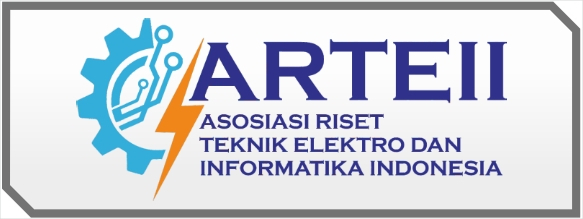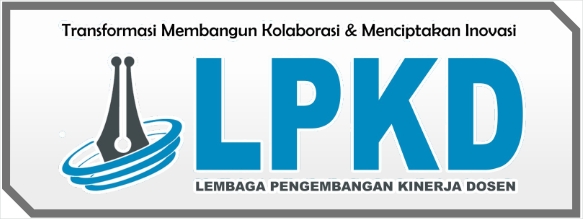Efektivitas Efektivitas Aplikasi Sikancil (Sistem Informasi Kependudukan dan Pencatatan Sipil) Di Disdukcapil Kota Tanjungpinang
DOI:
https://doi.org/10.51903/juritek.v2i3.734Kata Kunci:
Sikancil application, Department of population and civil registration, Tanjungpinang CityAbstrak
Many organizations are enhancing the quality of their services in numerous ways as a result of the rapid growth of the information world and related technological advancements. The Population and Civil Registration Information System (Sikancil) application was released by the Department of Population and Civil Registration (Disdukcapil) Tanjungpinang. This study uses a descriptive research method with a qualitative approach to evaluate the services provided by the Sikancil Application System at the Department of Population and Civil Registration (Disdukcapil) Tanjungpinang. At the Tanjungpinang Disdukcapil office, data collection methods included interviews, observations, and related evaluation documentation. These methods were used in conjunction with the Sikancil application system. The collected data was then qualitatively analyzed, supported by the findings of the interviews, and in accordance with Dunn's evaluation approach, which suggested identifying alternative policy objectives in problem-solving that include effectiveness, efficiency, evaluation, responsiveness, and accuracy. the service evaluation theory approach, according to Dunn, suggests evaluating the usefulness of alternative policies in solving problems that include effectiveness, efficiency, adequacy, equity, responsiveness, and accuracy. the data obtained is then qualitatively analyzed by looking at all the data that has been collected and supported by the results of interviews.
Referensi
Ismail dkk. (2007). Framework of the Culture of Innovation: a Revisit. Jurnal Kemanusiaan, (9), 38–49.
Janet V. Denhardt & Robert B. Denhardt. (2003). The New Publik Service: Serving, Not Steering. New York: Routledge The New Publik Service: Serving, Not Steering. New York: Routledge.
Maryam, S., & Cahyani, H. R. (2022). Evaluasi Pelaksanaan Program Bantuan Langsung Tunai Dana Desa (BLT-DD) Tahun 2020 Pada Masa Pandemi Covid-19 Di Desa Pulung Rejo. Jurnal Politik Dan Pemerintahan Daerah, 4(1), 50–72.
N.Dunn, W. (2000). Pengantar Analisis Kebijakan Publik. Yogyakarta: UGM Press.
Novita, R., & Hardi, F. R. (2019). Sistem Informasi Presensi Karyawan. Jurnal Ilmiah Rekayasa Dan Manajemen Sistem Informasi, Vol. 5(No. 2), 230–235. https://doi.org/https://doi.org/http://dx.doi.org/10.2401 4/rmsi.v5i2.8241
Subiantoro, & Sardiantoro. (2018). Perancangan Sistem Absensi Pegawai Berbasis Web Studi Kasus: Kantor Kecamatan Purwodadi. Jurnal SWABUMI, Vol. 6(No. 2). Retrieved from https://ejournal.bsi.ac.id/ejurnal/index.php/swabumi/article/download/4868/2837



.png)















